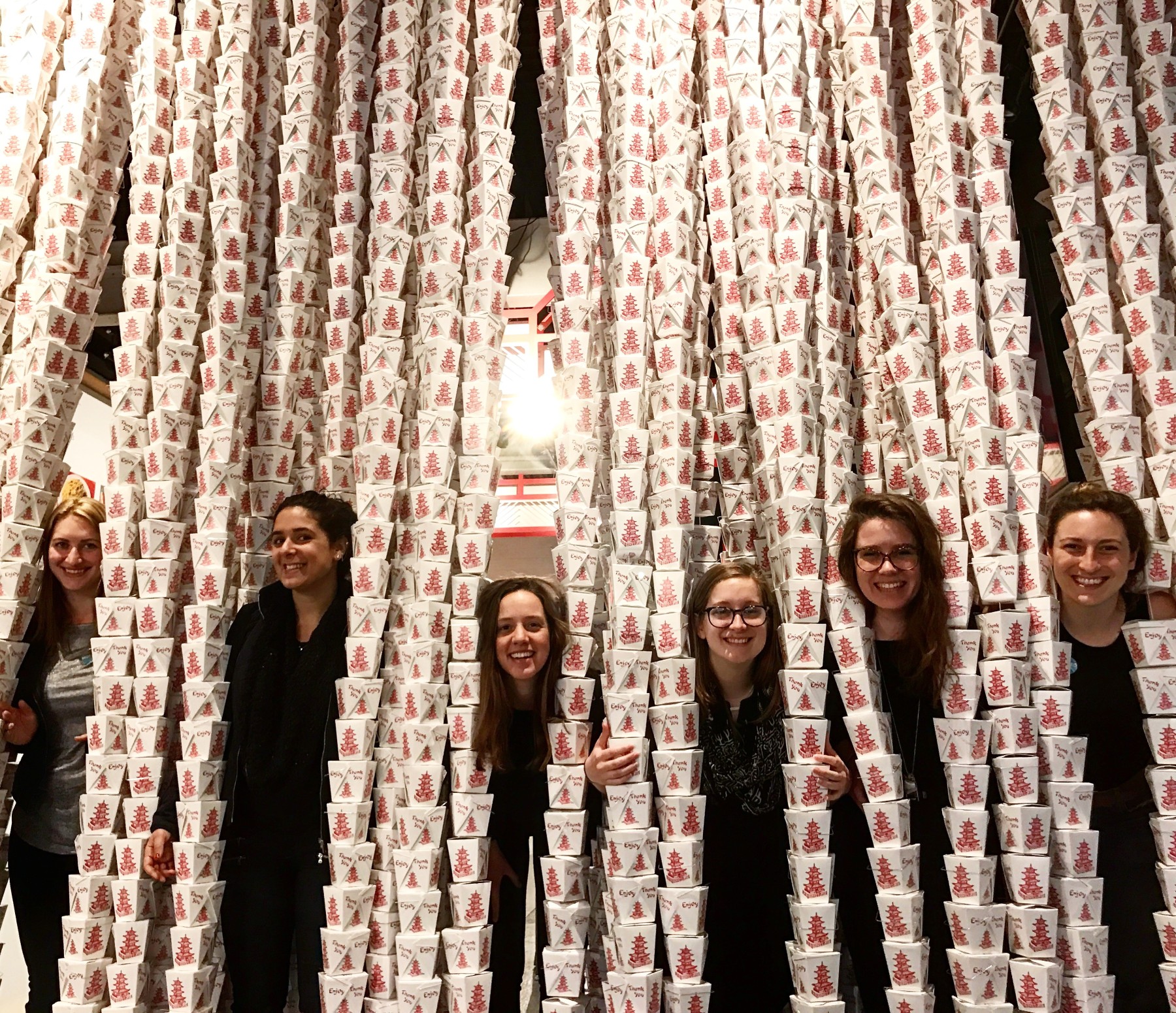Chow-ing down at MOFAD
by Jordan Werner
My go-to Chinese food delivery order is an egg roll, pork fried dumplings, orange chicken, and fried rice. It’s a combination that I eat at least once a month, and the flavors are so familiar that I can taste them as soon as I hit “submit order” on Seamless. The ingredients, though—and the history of where these dishes come from and how they developed—had always been a total mystery to me.
Last Friday, the HRN team headed to the Museum of Food and Drink (MOFAD), and all of my mysteries were solved. The current exhibit at MOFAD is Chow: Making the Chinese American Restaurant. Walking into the museum’s warehouse space right off of McCarren Park in Williamsburg, we were all blown away by the floor-to-ceiling wall of white and red take-out boxes. Our guide, MOFAD’s Partnerships Manager Kate Dobday, encouraged us to enter the exhibit by walking through this “Curtain of Many.” After five minutes of taking boomerangs and playing with the boxes, Kate wrangled us back together and explained the curtain’s significance. The curtain is made of more than 7,000 take-out boxes, strung together by hand (thanks to very patient MOFAD staff and volunteers). Each box represents seven of the 50,000+ Chinese restaurants in America. Ready for a knockout fact? There are more Chinese restaurants in the United States than all of the Burger King, Wendy’s, and McDonald’s combined.
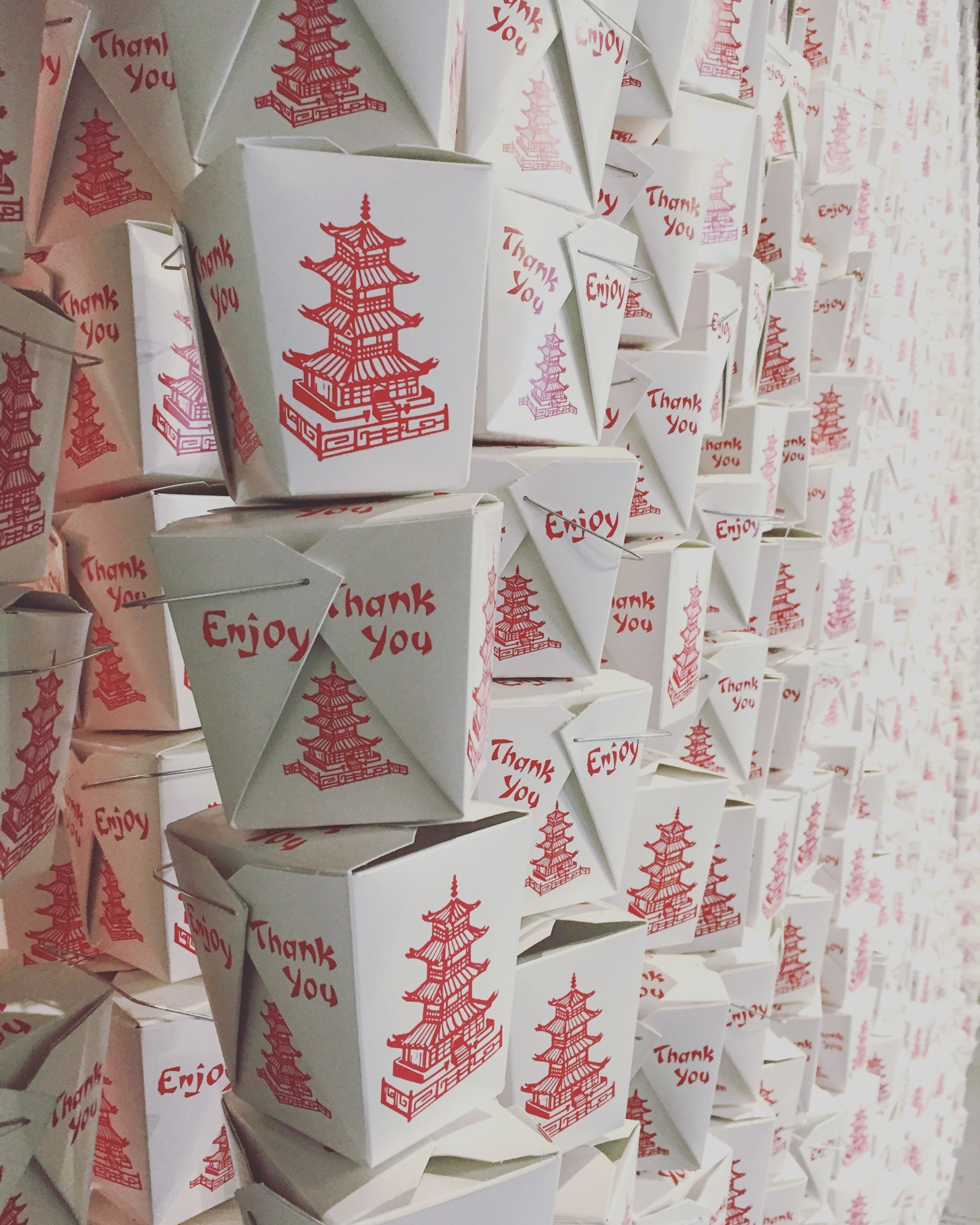
Chow: Making the Chinese American Restaurant celebrates the birth and evolution of Chinese American restaurants, tracing their nearly 170-year history and sparking conversation about food culture, immigration, and what it means to be American. Chinese Americans faced almost a century of exclusionary immigration laws, but during that time they created one of the country's most beloved cuisines. Chinese restaurant owners took their traditional dishes and adapted them to American palates, creating classics that we still eat today, like Chop Suey. The dish’s origin story is murky, but it is undoubtedly American.
Next, we traced the evolution of the cuisine over time by checking out the huge menu timeline. The display is a collection of menus from Chinese American restaurants dating back to 1910, organized by decade. Besides being shocked by the early prices (10 cents for a meal deal!), we were amazed to see which dishes stood the test of time. Did Wonton soup taste the same in 1940 as it does today? I found myself wishing that the next part of the exhibit were a time machine.
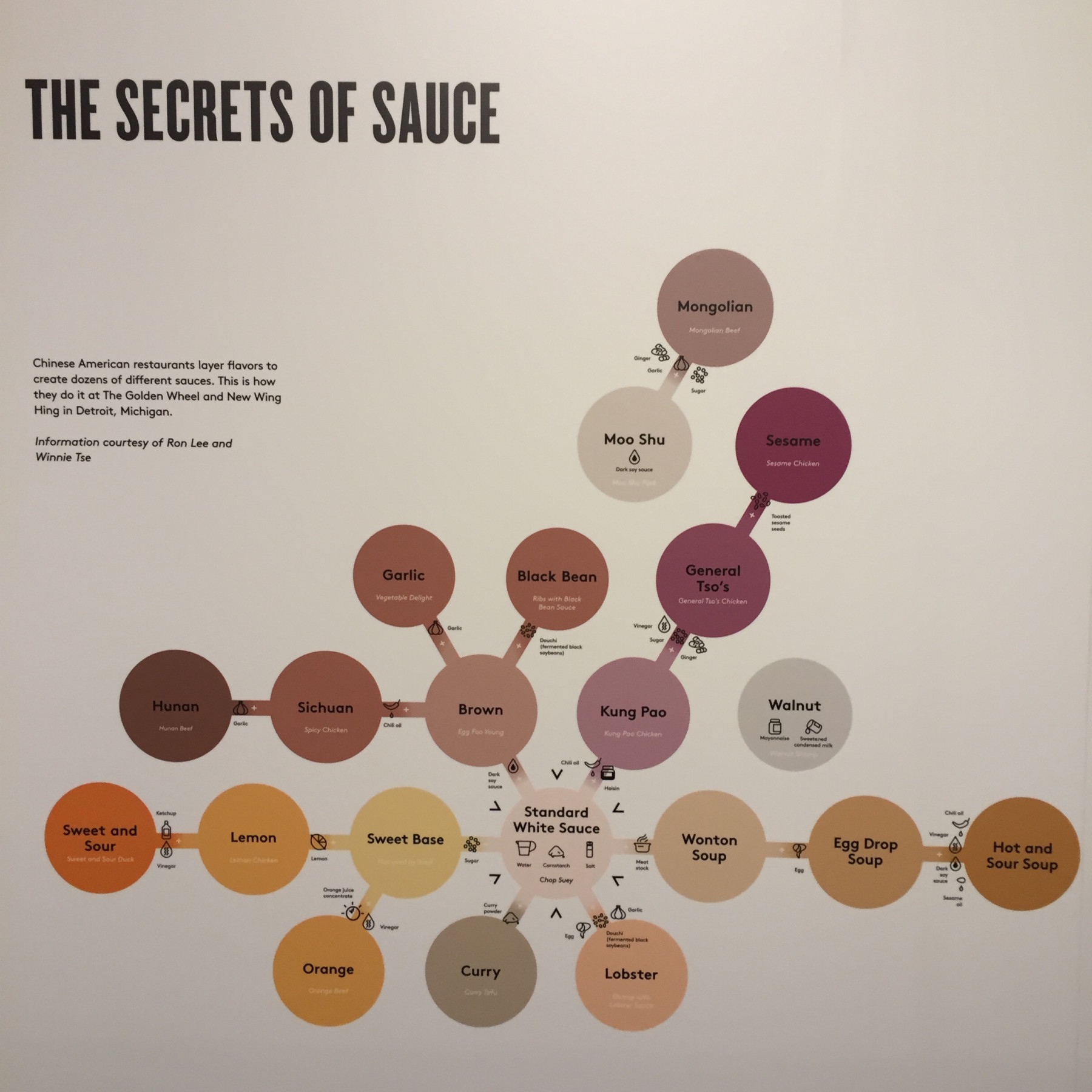
It wasn’t a time machine, but the next part of the exhibit took my mind off that wish pretty quickly. Ms. Cleo, the museum’s 1,500-pound fortune cookie machine, was being temperamental while we were there, but thankfully had produced enough cookies to fulfill our snacking needs. Our cookies were filled with messages of goodwill from people around the world, which we found out were part of MOFAD’s Project Fortune. At projectfortune.mofad.org, you can submit messages that will end up in the hands of museum-goers. We gave it our best shot, submitting a slightly sarcastic, “Don’t worry, the grass isn’t much greener.” Maybe we should have eaten more cookies first.
While we were waiting for the final part of the exhibit, we snuck into the remnants of MOFAD’s first exhibition, Flavor: Making It and Faking It. The museum still displays a few interactive smell machines, which had been part of a tasting and smelling adventure that highlighted the $25 billion flavor industry. We had a blast making combos on the Smell Synth, mimicking a fine bourbon by combining the scents of smoke, maple, and booze, then weirding ourselves out by making a bang-on scent of orange soda with orange and nail polish remover.
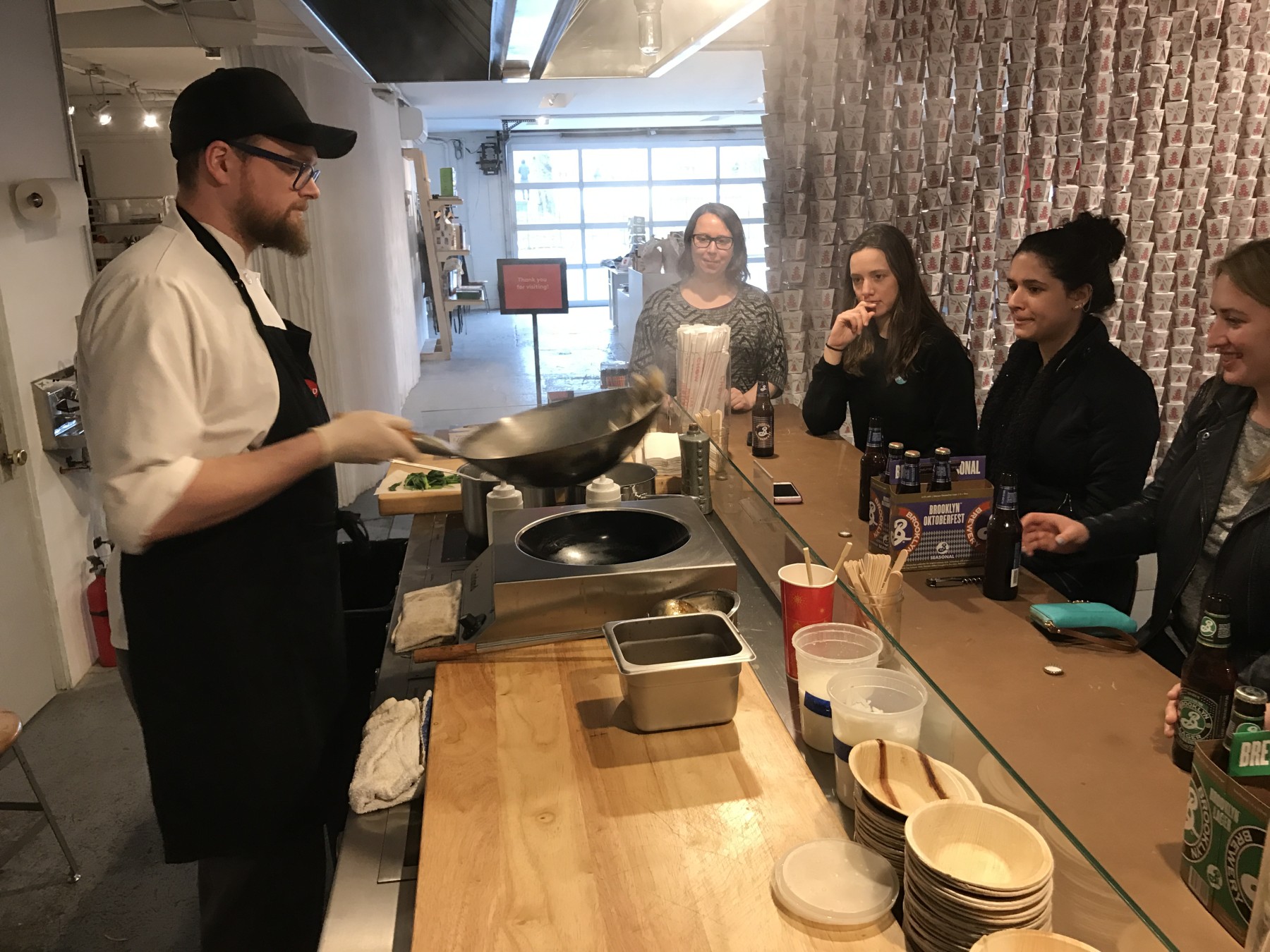
The Chow exhibition saves the tastiest part for last: a live cooking demo! We learned all about using cornstarch as a thickening agent while chef John Hutt whipped up beef and black pepper dumplings in the Chow Culinary Studio for each of us. The recipe, created by Chef Lee Anne Wong of Koko Head Cafe, is the recipe of the month for the exhibit, and is worth the trip on its own. After those delicious bites, we were treated to beer from Brooklyn Brewery (a great pairing with dumplings, by the way), and MOFAD Executive Director Peter Kim’s hilariously accurate impression of Heritage Radio Network founder, Patrick Martins. All-in-all, we think the museum should change its name to MOFUN.
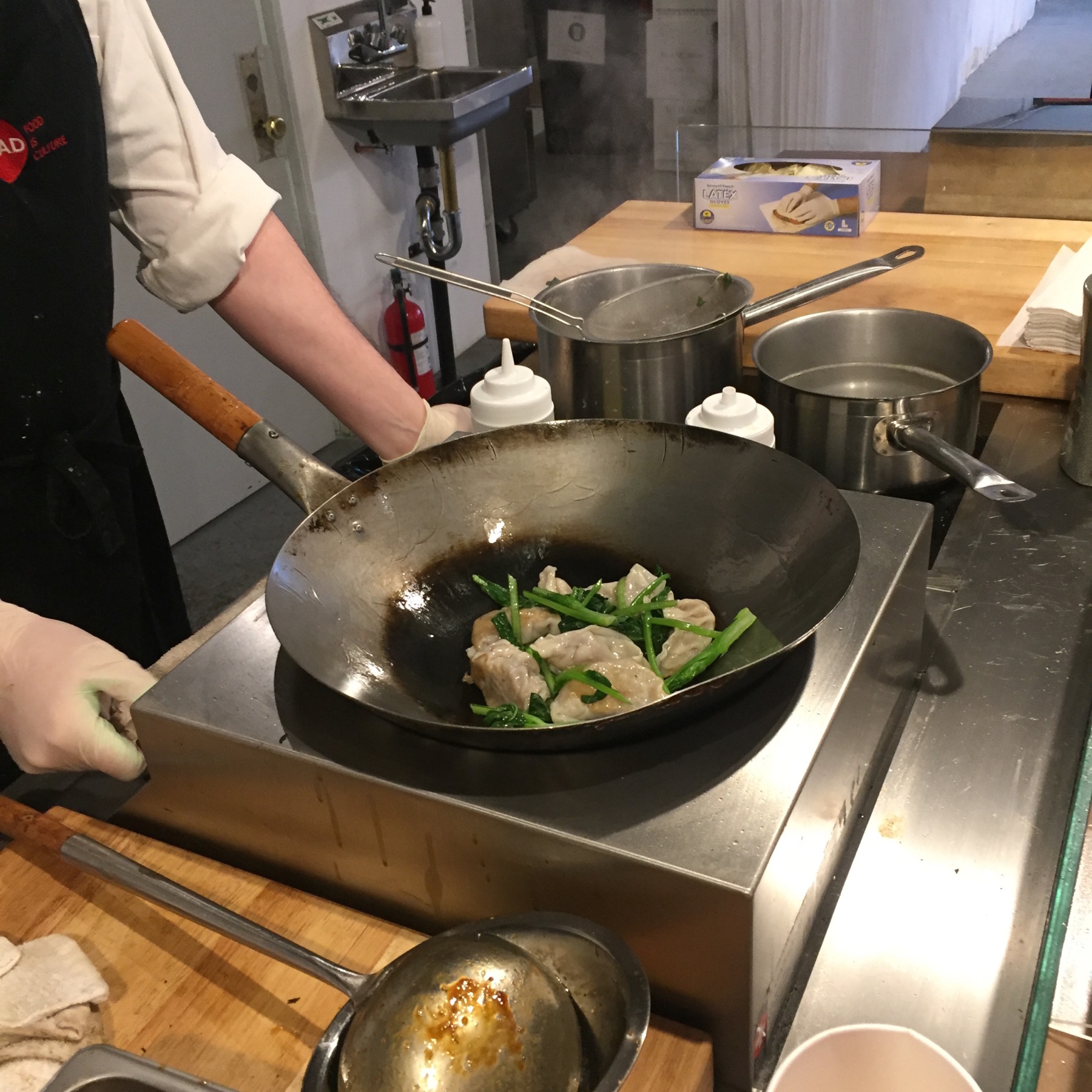
Museum of Food and Drink, 62 Bayard Street, Brooklyn, mofad.org.
